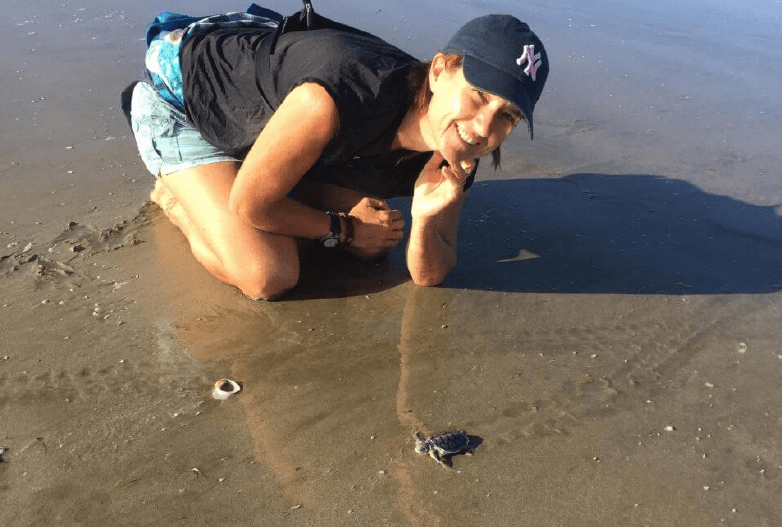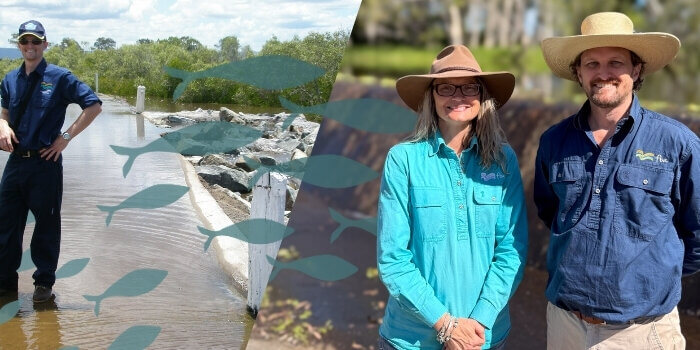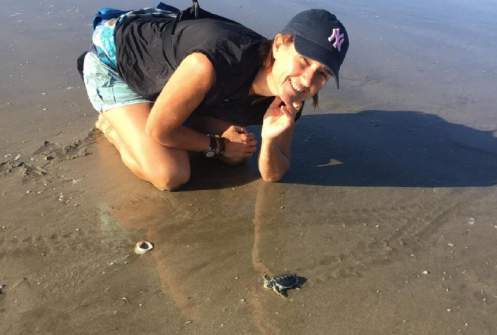
Marine turtle watching – community guidelines
Posted on November 17th, 2021
Recreational activities on beaches have the potential to negatively impact turtle nesting success.
Central Queensland provides important foraging grounds for six of the world’s seven marine turtle species. All six of these species are listed as endanger or vulnerable and are threatened by processes including entanglement in fishing gear, marine debris, light glow impacts, habitat loss, boat
strike and feral animal predation.
Untrained and self-guided viewing often disturbs the nesting process. This can affect the female turtle’s valuable energy reserves and her reproductive success. Non-invasive turtle viewing requires an understanding of the nesting process and appropriate behaviour around turtles and their habitat.
The below marine turtle watching guidelines outline safe, enjoyable and sustainable behaviours for beach and water users.
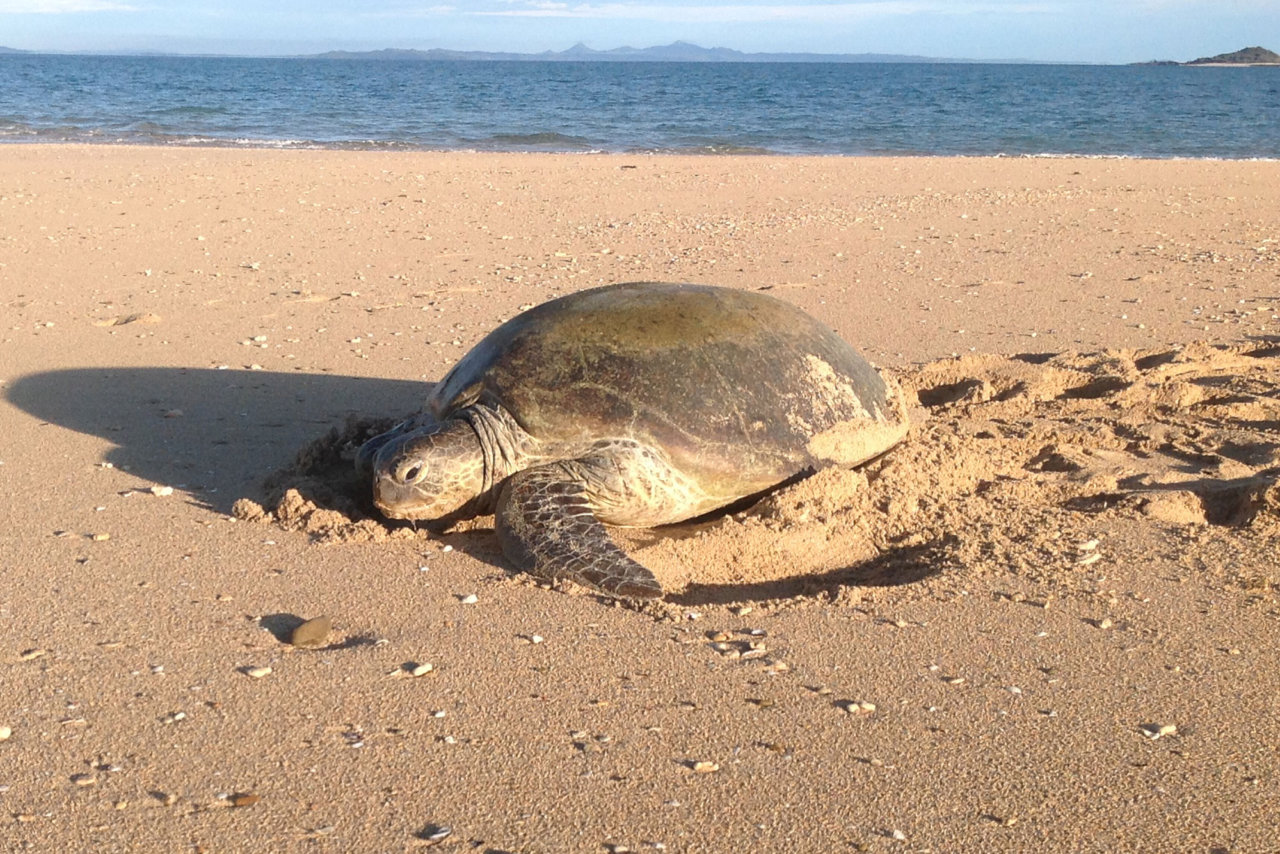
ON THE BEACH
No glow
Nesting turtles and hatchlings are easily disturbed by lights. Use natural light and do not use flash photography. Avoid using lights and torches when walking along the beach.
Move slow
To avoid disturbing turtles, walk slowly along the beach. Watch your step around hatchlings. Avoid sudden movements.
Stay low
Keep out of sight of nesting turtles. Sit, crouch, or lie in the sand and keep your distance.
Avoid excess noise
Keep out of the way
- Do not stand or walk in front of a turtle. Always keep out of line of sight or stay very still if in line of sight.
- Let hatchlings make their own way to the ocean. This first journey is important as they take an imprint of that beach so they can return to the same general area when they are ready to mate and lay their own eggs.
- Do not get between hatchlings and the water’s edge.
No domestic animals
Please keep your dog/cats/pets at home or at a minimum restrained and well away from any turtle.
Do not disturb
Remember turtles are listed under the Environmental Protection Biodiversity Conservation Act and as such are protected species. It is illegal to interfere with them, their nests, eggs, or hatchlings.
No fires
Beach fires harm nests and turtles

ON THE WATER
Do not disturb or interfere with mating turtles. Observe them from a distance and do not impede their movement or block their escape.
No glow
Lighting on vessels may disturb nesting turtles and attract turtle hatchlings, so keep lighting to a practical, safe level.
Go slow for those below!
A boat’s propeller can cause serious, and sometimes fatal, injuries to a turtle. Reduce boat speed in estuaries, sandy straits, shallow inshore areas and reef flats, and avoid shallow seagrass meadows if possible
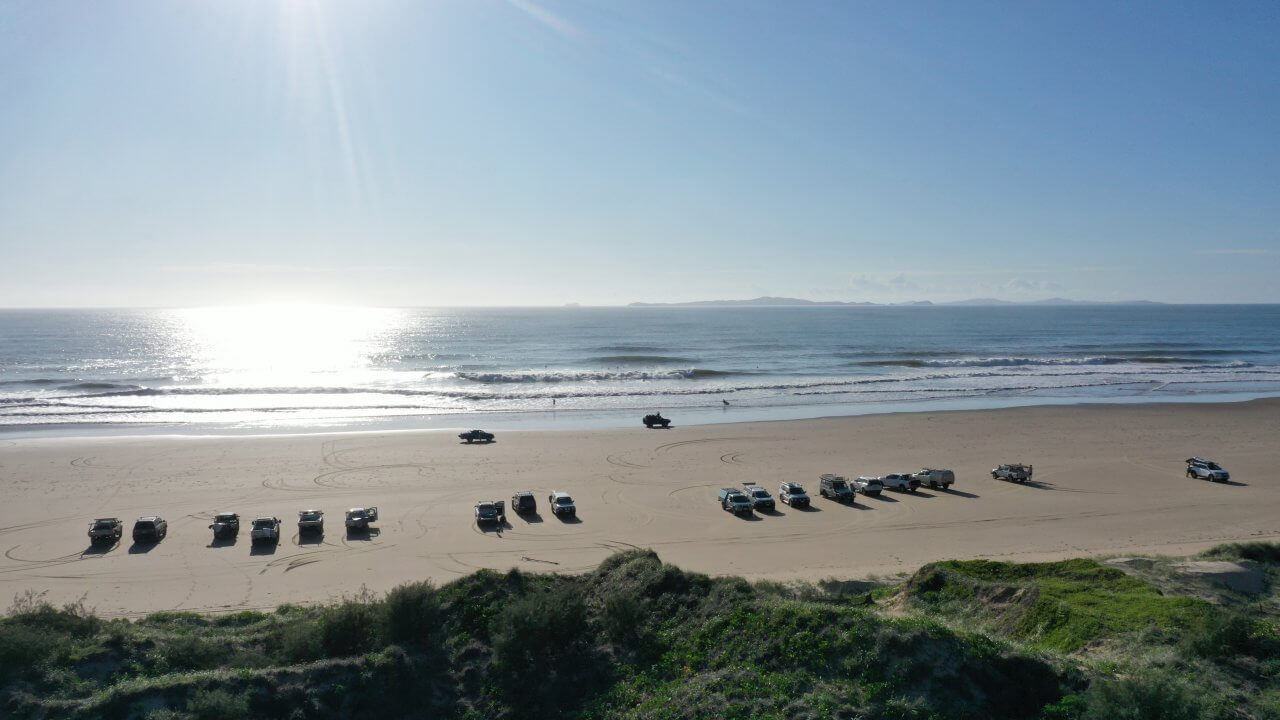
DRIVING ON THE BEACH
Check tide times
Only drive two hours either side of the low tide – if it is safe to do so.
Drive below the high tide line
The harder sand between the waterline and hightide mark is the firmest surface, and prevents driving over nest and creating deep tyre ruts.
Drive slowly





